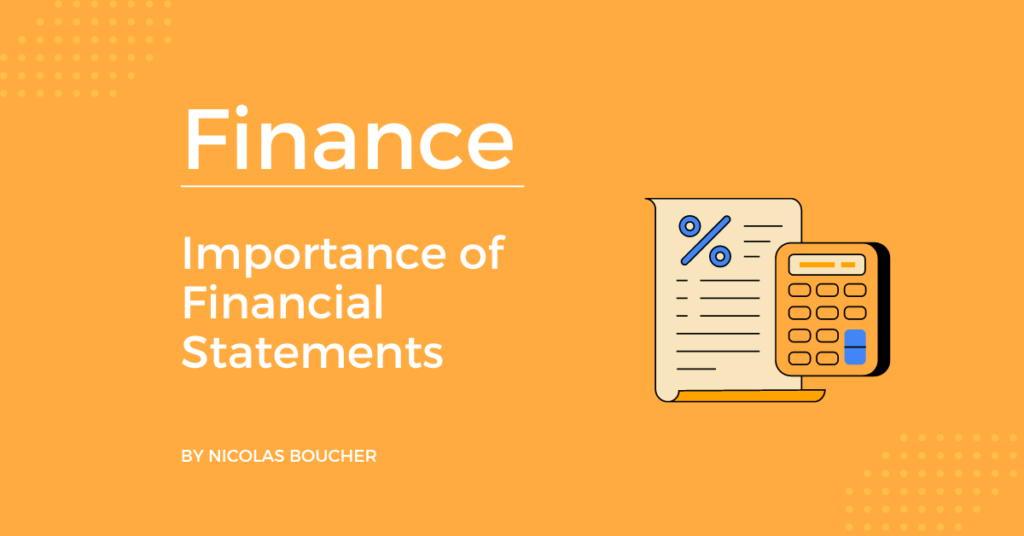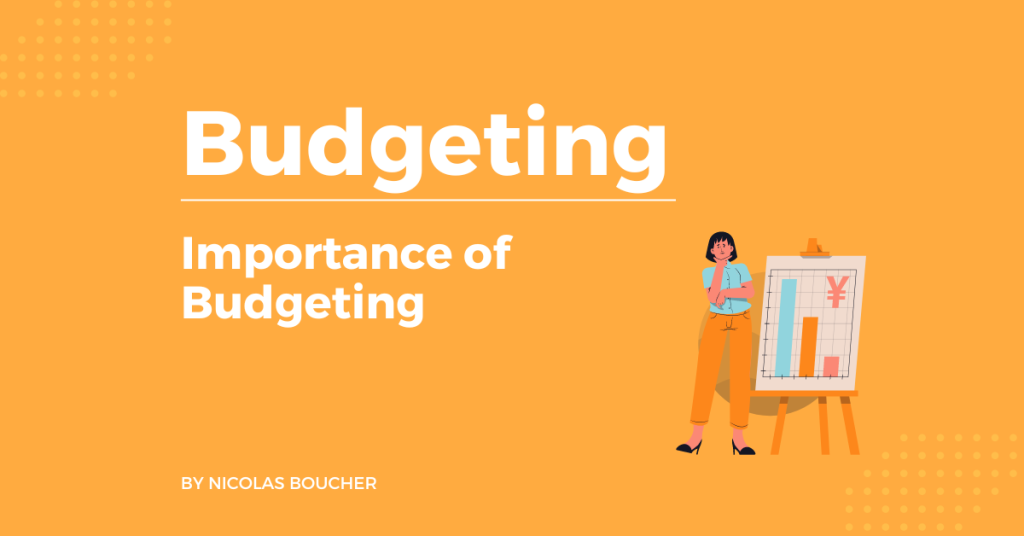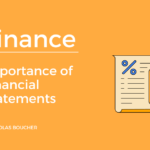Do you know the FP&A secrets that you will never learn in school? Here I will disclose the most important FP&A secret weapons.
Financial Planning and Analysis (FP&A) is a crucial function in any organization, helping businesses to make informed decisions based on financial data.
It involves analyzing and forecasting financial performance, identifying trends and opportunities, and providing insights to senior management to aid in strategic decision-making.
In this blog post, I’ll share five FP&A secrets that you can use to become a successful finance professional.
Table of Contents
#1: B.O.T.E
Back-of-the-Envelope calculations are an invaluable skill that every FP&A professional should master. You may not always have access to a computer or a calculator, and sometimes a quick estimate is all you need.
Here are three pillars to becoming excellent at B.O.T.E:
- Only aim for a rough estimation: Back-of-the-envelope calculations are meant to be quick and dirty, so don’t worry about being precise. Instead, aim to get a ballpark figure that can help you make a decision.
- Know the basic numbers of your company: Understanding the basics of your company’s financials will help you make better estimates. For example, if you know your company’s revenue, you can estimate the impact of a 10% increase or decrease in sales.
- Use Arithmetic shortcuts and principles: Knowing some arithmetic shortcuts and principles can help you make quick calculations. For example, knowing that 10% of a number is the same as dividing it by 10 or that multiplying by 3 is the same as adding a number to itself twice.
These simple tips will help you make quick calculations and provide rough estimates, which can be incredibly helpful in a fast-paced business environment.
#2: PVM
Price Volume Mix (PVM) analysis is a useful technique to compare sales, margin, or payroll costs.
PVM is a three-factor analysis that decomposes changes in sales or margin into three components:
- Price: changes in the price of products or services
- Volume: changes in the number of products or services sold
- Mix: changes in the mix of products or services sold
PVM analysis can help you understand why your sales or margin is changing and which factors are contributing the most.
For example, if your sales have increased by 10%, you can use PVM analysis to see if the increase is due to higher prices, increased sales volume, or changes in product mix.
By understanding PVM analysis, you can gain insights into why your sales or margin is changing and which factors are contributing the most. This knowledge can be invaluable when making informed decisions that impact your company’s bottom line.
#3: Storytelling
Storytelling is an essential skill that every FP&A professional should possess. By communicating financial data effectively, you can help your stakeholders understand the data and make informed decisions.
Here are some tips to help you become a better storyteller:
- Block time to prepare yourself and your stakeholders before a meeting: Preparation is key to delivering a compelling story. Before a meeting, take some time to gather your thoughts, organize your data, and rehearse your presentation.
- Know which messages you want to give: Before a meeting, identify the key messages that you want to convey. Be clear and concise, and focus on the most important information.
- Prepare your voice, and your setup, and prime yourself with good energy: Your voice, your body language, and your energy levels can all affect how your story is received. Make sure you’re well-rested, hydrated, and energized, and use a confident and engaging tone of voice.
- Check up on the expectations of your stakeholders before the meeting and make sure there is no surprise announced in the meeting: Before the meeting, check in with your stakeholders to see what they’re expecting. Make sure there are no surprises that could derail your presentation.
By following these tips, you can communicate financial data effectively and build credibility with your stakeholders.
#4: Excel and PowerPoint
Excel and PowerPoint are two critical tools that every FP&A professional should master. Excel can help you analyze and manipulate large amounts of data quickly, while PowerPoint can help you create professional-looking presentations.
Here are some tips to help you master these tools:
- Master pivot and index/match in Excel. Pivot tables and index/match are powerful tools that can help you analyze and manipulate large amounts of data quickly. Take some time to learn these functions, and you’ll be able to do more in less time.
- Use SmartArt in PowerPoint. SmartArt is a powerful tool that can help you create professional-looking presentations quickly. Take some time to learn how to use it effectively, and you’ll be able to create engaging presentations in no time.
By becoming proficient in Excel and PowerPoint, you can analyze and present data quickly and professionally, which can be an enormous asset to your organization.
#5: Listening to Your Business Partners
As an FP&A professional, it’s crucial to listen to your business partners and understand their needs. By doing so, you can provide them with the information and insights they need to make informed decisions.
Therefore, here are some tips to help you do this:
- Go out and meet your operational business partners. Don’t just rely on email and phone calls to communicate with your business partners. Take the time to meet them in person, and build a relationship based on trust and understanding.
- Make sure you spend your time on business priorities. Understand your business partners’ priorities and align your efforts with theirs. This will help you build credibility and trust with them, and ensure that you’re working on the right projects.
- Doing this is the best way to become a successful finance professional. By listening to your business partners and understanding their needs, you’ll be able to provide them with the information and insights they need to make informed decisions. This, in turn, will help you become a more valuable and successful finance professional.
As a result, by listening to your business partners, you can build credibility and trust, and become an invaluable asset to your organization.
The Final Verdict
To sum up, these five FP&A secrets can help you become a successful finance professional.
Moreover, by mastering B.O.T.E calculations, PVM analysis, storytelling, Excel, and PowerPoint, and listening to your business partners, you can gain insights into your organization’s financials, communicate financial data effectively, and build credibility and trust with your stakeholders.
Furthermore, by utilizing these FP&A secrets, you’ll be well on your way to becoming a successful FP&A professional. However, in order to become an expert and stand out from the competition you can take my course and join the group of finance professionals!
Key Takeaways
- FP&A involves analyzing financial data to aid decision-making.
- B.O.T.E calculations provide quick estimates for informed decisions.
- PVM analysis breaks down sales/margin changes into Price, Volume, and Mix components.
- Storytelling enhances the communication of financial insights to stakeholders.
- Mastery of Excel and PowerPoint improves data analysis and presentation skills.
FAQ
1. What is Financial Planning and Analysis (FP&A)?
- FP&A is a critical function in organizations that involves analyzing and forecasting financial performance, identifying trends, and providing insights to senior management for strategic decision-making.
2. What is B.O.T.E and how does it help in FP&A?
- B.O.T.E (Back-of-the-Envelope) calculations are quick estimates used by FP&A professionals. Tips for effective B.O.T.E include aiming for rough estimations, understanding basic company financials, and using arithmetic shortcuts.
3. What is Price Volume Mix (PVM) analysis and its significance?
- PVM analysis breaks down changes in sales or margin into three components: Price, Volume, and Mix. It helps understand why sales or margin changes and which factors contribute most, aiding informed decisions.
4. Why is storytelling important in FP&A?
- Storytelling helps communicate financial data effectively to stakeholders. Effective storytelling involves preparation, identifying key messages, maintaining energy levels, and aligning with stakeholders’ expectations.
5. How can mastering Excel and PowerPoint benefit FP&A professionals?
Excel aids in data analysis, while PowerPoint helps create professional presentations. Proficiency in Excel’s pivot tables and index/match functions, as well as using SmartArt in PowerPoint, enhances efficiency and presentation quality.











